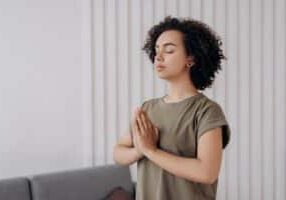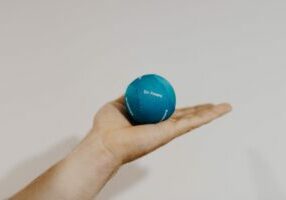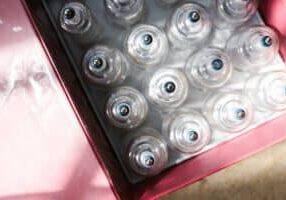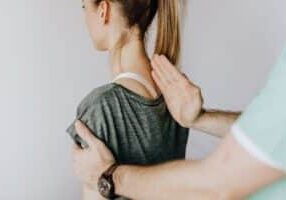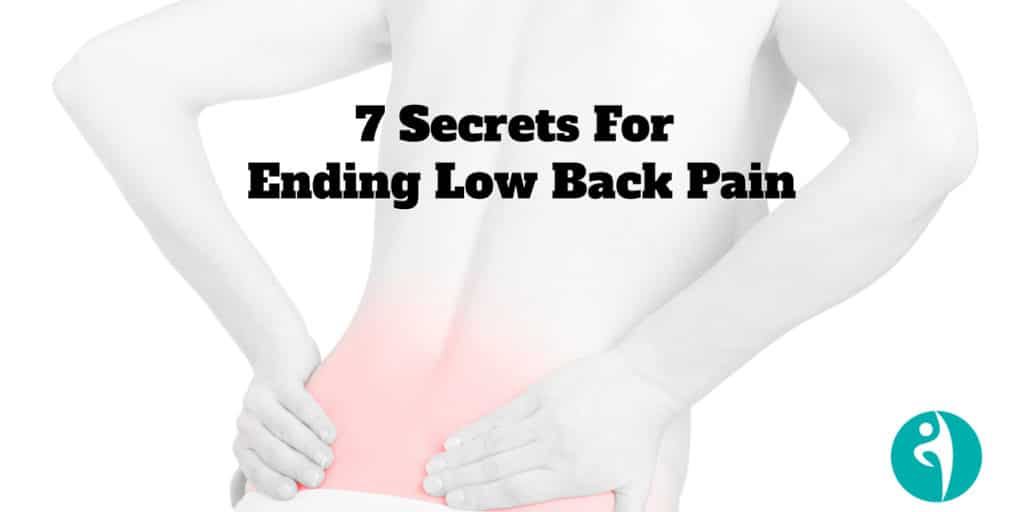
“My fear of back pain is taking over my life. I called off work today because I’m afraid to sit in the car and drive. My drive is only 1 1/2 miles to work. The pain is in my right leg which is used to operate the car. I can’t drive safely. I can bend…walk…but CANNOT seem to be able to sit. My fear of sitting is keeping me from my job and most of all my life. I’m getting very discouraged. This is awful and wouldn’t wish it upon anyone.” – Michelle
Low back pain is the #1 physical pain that plagues Americans. Over 80% of the population will experience intense or chronic back pain in their life.
Which means it’s a HUGE problem! That’s a lot of low back pain…and transparently, a lot of mismanagement of low back pain from the medical community.
When people show up at Head 2 Toe they’ve usually spent way too much money on specialists and expensive imaging, with very little to show for it.
When it comes to low back pain there are seven secrets you need to understand to end your pain.
Secret Insight #1: All low back pain has a painful trigger or a painful movement pattern.
Every pain has a trigger, with back pain there’s usually one move or position that is creating the pain. You may not have pain all the time, or with that movement every time, but it will be slowly wearing on your joints and discs until your back screams uncle and now you’re in pain.
The hardest part is figuring out that trigger, the retraining your body to avoid it. You need to see a spine & movement specialist who can accurately diagnose your back, find your trigger and give you the correct treatment for your back.
Secret Insight #2: You have to learn how to move correctly to save your low back.
Moving incorrectly through your spine is like bending a coat hanger. You can do it once, twice, a few dozen times without any serious damage done. But it is slowly breaking down the integrity of the coat hanger. It might be bending over to tie your shoes, lifting your child out of the car seat or deadlifting/squatting with poor form.
At one repetition too many, suddenly the coat hanger breaks and you are in agony. In most low back pain cases in the over 30s crowd, the structure that ultimately breaks is your lumbar disc.
Learn to hip hinge to save your low back!
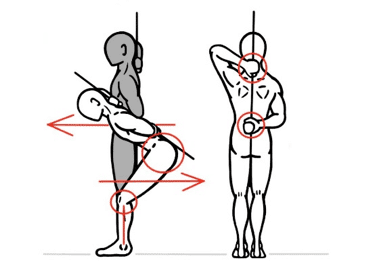
Secret Insight #3: Your lumbar discs are injured by sitting too much
A vertebral disc is the shock-absorbing structure between each vertebra. The disc has a thick outer layer (annulus) that surrounds the soft gel-like center (nucleus). Intervertebral discs act as cushions in between vertebrae. The spinal canal, containing the spinal nerves, lies directly behind the disc and the vertebral bodies.
When your disc becomes injured you will have irritation and pressure around your spinal nerves, which will cause a great deal of discomfort. Most discs become injured with repetitive lumbar flexion (bending over and sitting with poor posture) and poor spinal hygiene (sitting with poor posture) combined with a lack of hip mobility and poor posture.
When you sit for long periods of time with poor posture the posterior aspect of the annulus starts to stretch out and weaken. Then the nucleus starts to leak into the cracks. At this stage, people will generally be feeling some increased discomfort with transitional movements (sit to stand), increased pain rolling over and getting out of bed, deep hip pain and difficulty activating their gluteal muscles.
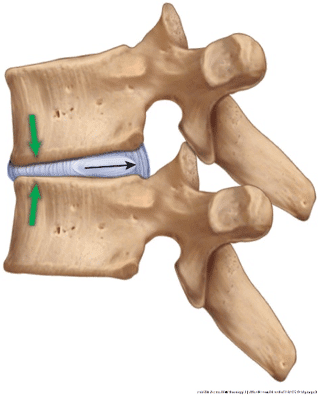
Secret Insight #4: Stiffness and resilience of our core is essential.
This is how your body is designed to move: some segments hold strong while others move freely. Mobility only works when you have something stable to base it on. Like hanging a shelf on a wall, the shelf is only as stable as the wall it holds on to, and the brackets holding it there. If the shelf is your arm, the bracket is your shoulder, the wall is your torso…aka core!
Our core is made up of the muscles that wrap around your lower torso to stabilize your spine, rib cage, and pelvis. For our core to function, we must also have correct breathing patterns (diaphragm).

Secret Insight #5: As much as we need to stiffen the hurt parts (to protect them), we need to mobilize the stiff parts (to move properly)!
This is mainly our hips! Our low back is a very stable segment of our body and relies on a pair of mobile hips to function. Tight hip flexors are a key problem with the hips and extremely common in low back injured patients. The second area is our thoracic spine or mid back. This is stiff on most of us and generally lacking in extension. Get on that foam roller and loosen up!
Secret Insight #6: Forget crunches. Train anti-core movements.
Because your core is meant to hold strong, you need to train it that way. Crunches and sit-ups will only get you strong at crunches and sit-ups. Wonder why planks are so hard? Because you are resisting movement. Resistance train your core with anti-movements: anti-rotation, anti-extension, anti-flexion. This is the key to functional strength.

Secret Insight #7: Disc injuries should not paralyze you.
- 40% of people walking around have an MRI that shows disc bulges but show no symptoms.
- Four out of every 10 people will have disc bulges but not have major issues with it.
A diagnosis of mild-moderate disc bulging is not a lifetime jail sentence for your back!
Dr. Stuart McGill, the world’s expert on low back pain stresses: don’t allow yourself to become a delicate flower, too scared to move. Don’t stop moving, learn how to move properly.
The #1 risk factor for future injury is
Again, if you have a low back that keeps nagging at you, a hip that aches intermittently and occasional pain with certain movements, don’t wait till your back blows on you. Pay attention to what your body is trying to tell you.
Come see our team at Head 2 Toe Spine and
Alternatively, if you’re looking for a way to treat your low back pain at home, I’ve built a virtual low back clinic that can help.
It’s called the StrongBack program and it’s an online course that helps you relieve low back pain, rebuild proper movement patterns and strengthen your low back to prevent future injuries. It’s based on 15+ years of successfully treating low back pain with thousands of patients.
You can find out more information and enroll in the course by clicking HERE.
My goal for you, or anyone in your life with low back pain, is the complete freedom from fear, limitation
Dr. Annie Armstrong, Head 2 Toe Spine and Sports Therapy
References: Dr. Stuart McGill, Back Fit Pro, Dr. Craig Liebenson, LA Sports & Spine
Exercises You Can Do at Home after a Visit to the Chiropractic Clinic
Stay active at home with exercises from ‘Exercises You Can Do at Home after a Visit to the Chiropractic Clinic’.
Read MoreAthletic Therapy: A Vital Component in Sports Rehabilitation
Discover the importance of athletic therapy in sports rehabilitation in our insightful blog on ‘Athletic Therapy: A Vital Component in Sports Rehabilitation’.
Read MoreA Comprehensive Guide to Spinal Therapy for Athletes
Discover the benefits of spinal therapy for athletes in our comprehensive guide ‘A Comprehensive Guide to Spinal Therapy for Athletes’.
Read MoreHow Chiropractic Techniques are Advancing in Pain and Injury Treatment
Discover the latest advancements in pain and injury treatment through innovative chiropractic techniques.
Read MoreSpine Rehabilitation: How Corrective Exercises Can Help with Posture and Pain Relief
Discover how corrective exercises in spine rehabilitation relieve pain and improve posture – read more now!
Read MoreCorrective Exercises: Your Secret Weapon Against Chronic Pain
Combat chronic pain with corrective exercises featured in ‘Corrective Exercises: Your Secret Weapon Against Chronic Pain’.
Read More
